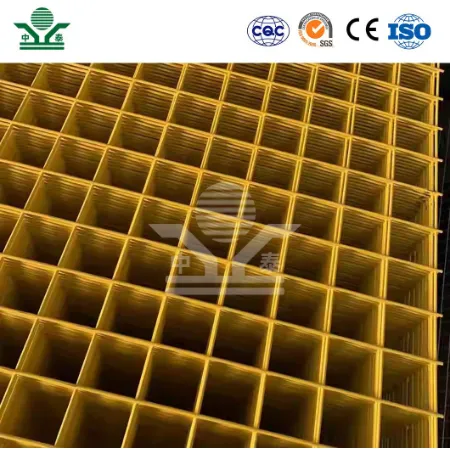The Versatility of Perforated Stainless Steel Angle in Modern Design
In the realm of construction and architecture, materials play a pivotal role in defining not just the structural integrity of a build but also its aesthetic appeal. Among these materials, perforated stainless steel angle has gained considerable attention for its unique combination of functionality and design elegance. This article delves into the properties, applications, and advantages of perforated stainless steel angles, highlighting why they are becoming a favored choice in various industries.
Understanding Perforated Stainless Steel Angle
Perforated stainless steel angles are L-shaped metal profiles that have been punched with holes, providing both strength and lightweight properties. They typically come in various grades of stainless steel, with the most common being 304 and 316. Grade 304 offers good corrosion resistance, making it suitable for indoor and outdoor applications. Conversely, grade 316 is renowned for its superior corrosion resistance, particularly in marine environments, thanks to its added molybdenum content.
The perforations can vary in size, shape, and pattern depending on the intended use, allowing for flexibility in both functionality and aesthetics. These angles retain the inherent strength of traditional stainless steel but are often lighter and more visually engaging due to their perforated design.
Applications in Architecture and Construction
Perforated stainless steel angles are increasingly used in both architectural and engineering applications. One prominent use is in structural framing. Their lightweight nature allows for easy handling and installation while maintaining robust support for various structures. Additionally, they are often found in balustrades, canopies, and signage, where both strength and visual appeal are paramount.
Another exciting application is in decorative elements. The unique perforation patterns can be utilized to create stunning facades and partitions in commercial and residential buildings. This not only enhances the aesthetic value of spaces but also allows for natural light and ventilation to permeate through, creating a well-lit and airy environment.
Moreover, these angles are frequently employed in the manufacturing of custom shelving and racks, particularly in environments where cleanliness and resistance to corrosion are crucial, such as kitchens and laboratories. Their ability to withstand various environmental factors without losing their structural integrity makes them an ideal choice for ensuring durability in such applications.
perforated stainless steel angle

Advantages of Using Perforated Stainless Steel Angle
One of the most significant advantages of perforated stainless steel angles is their versatility. Whether used for structural support, decorative features, or functional applications, they serve multiple purposes effectively. The customizable perforation patterns also enable designers to create bespoke solutions tailored to specific design requirements.
In addition to their versatility, perforated stainless steel angles offer excellent durability and corrosion resistance. Unlike other materials that may falter under adverse environmental conditions, stainless steel retains its properties, ensuring longevity. This durability translates into cost savings over time, as the need for replacement or extensive maintenance is significantly reduced.
Furthermore, the aesthetic flexibility offered by perforated designs allows architects and designers to push the boundaries of creativity. The interplay of light and shadow created by the perforations can enhance visual dynamics, making installations more engaging and lively.
Sustainable Considerations
As sustainability becomes a focal point in construction and design, perforated stainless steel angles align well with eco-conscious practices. Stainless steel is 100% recyclable, which means that at the end of its life cycle, it can be reprocessed without a loss in quality. This characteristic not only reduces waste but also minimizes the environmental impact associated with material disposal.
Additionally, using durable materials like stainless steel can contribute to energy efficiency. Structures built with these angles typically have longer lifespans, which means a reduced need for frequent replacements and renovations, ultimately lowering the carbon footprint associated with building maintenance.
Conclusion
Perforated stainless steel angles stand as a testament to the evolution of materials in contemporary design and construction. Their unique properties, versatility, and aesthetic appeal make them an invaluable resource in creating functional yet striking structures. As the industry continues to embrace innovation and sustainability, the role of perforated stainless steel angles is likely to grow, marking a significant trend in modern architecture and engineering. Whether in a high-rise building or a bespoke decorative piece, these angles are poised to leave a lasting impression on the landscape of design.
-
Why Galvanized Trench Cover Steel Grating Resists Corrosion
NewsJul.10,2025
-
The Versatility and Strength of Stainless Expanded Metal Mesh
NewsJul.10,2025
-
Load Calculations in Steel Grating Platforms
NewsJul.10,2025
-
Keeping Pets and Kids Safe with Chicken Wire Deck Railing
NewsJul.10,2025
-
Hole Diameter and Pitch for Round Perforated Metal Sheets
NewsJul.10,2025
-
Aluminium Diamond Mesh in Modern Architecture
NewsJul.10,2025
Subscribe now!
Stay up to date with the latest on Fry Steeland industry news.

